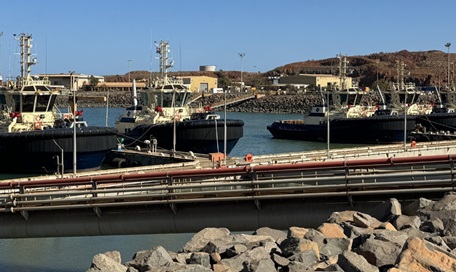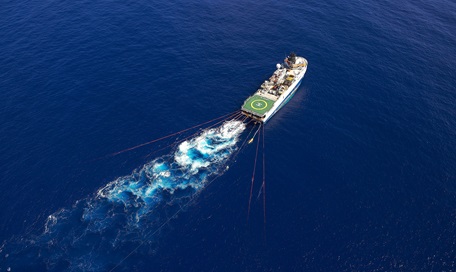About air quality on the Burrup Peninsula
Air quality can be impacted by a wide variety of emissions. The main emissions relating to our Australian growth projects are Oxides of Nitrogen (NOx), Volatile Organic Compounds (VOCs), Sulphur Dioxide (SO2), Particulate Matter (PM) and Ozone
(O3).
NOx is the primary contributor to air quality on the Burrup Peninsula from our facilities.
The Burrup Peninsula (Murujuga) is unique worldwide for its collection of petroglyphs - engravings that have been hammered, rubbed or scratched into the rocks.
The presence of industry on the Burrup Peninsula has generated concerns from some stakeholders that these emissions may lead to an accelerated weathering or deterioriation of rock art.
Woodside has been undertaking or contributing to air monitoring studies of the Burrup Peninsula since 2008.
Our approach to monitoring and air emissions management has been informed by third-party studies, including the work undertaken by the Burrup Rock Art Monitoring Management Committee (BRAMMC). We fully support the new Murujuga Rock Art Strategy and associated
work programs.
Current NOx emissions across Woodside-operated onshore facilities (the KGP and Pluto LNG - Train 1) are approximately 9,000 tonnes per year. Ongoing monitoring demonstrates long-term trends of NO2 and O3 in
the atmosphere below the National Environment Protection Measure (NEPM) Ambient Air Quality health criteria.
In 2021, the Woodside Atmospheric Deposition Monitoring Program (WADMP) commenced operations with four monitoring stations on Murujuga and one control location. The stations were continually operated in 2022 and monitor
for parameters that may potentially accelerate weathering of rock art, including acid depositions. Monitoring is ongoing for the 2023 period.
This monitoring supplements an extensive dataset collection at the time of Pluto LNG construction and commission between 2008-2013.
Research to date on the impacts of emissions on rock art has not been conclusive, and there are currently no set air quality thresholds for the protection of rock art. This monitoring data set will contribute to the ongoing knowledge regarding possible
relationship between industrial emissions and cultural heritage.
Outcomes of this air monitoring program is directly supporting the Murujuga Rock Art Strategy and the Murujuga Rock Art Monitoring Program, run by the Murujuga Aboriginal Corporation and Western Australian Department of Water and Environmental Regulation.
A comprehensive executive summary of the 2022 monitoring period is available - 2022 WADMP Report.
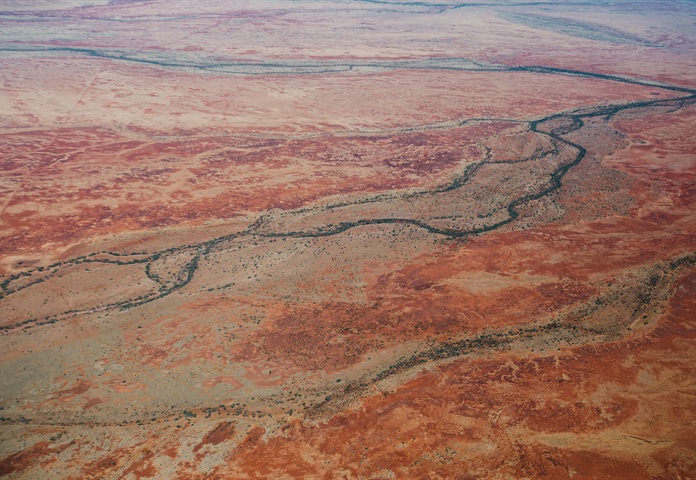

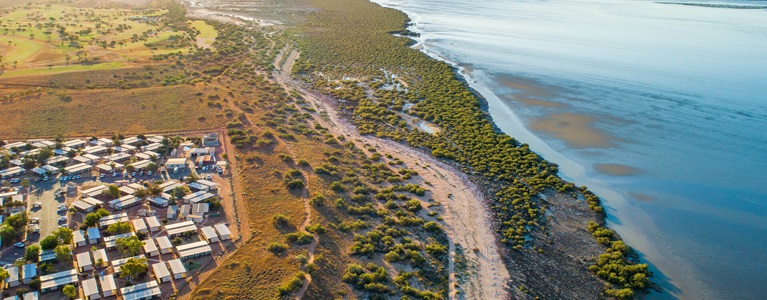
![Woodside_Environment023[ImagebyJarradSeng]](https://www.woodside.com/images/default-source/4.-sustainability/environment-images/woodside_environment023-imagebyjarradseng.tmb-download-m.jpg?sfvrsn=859e8661_4)
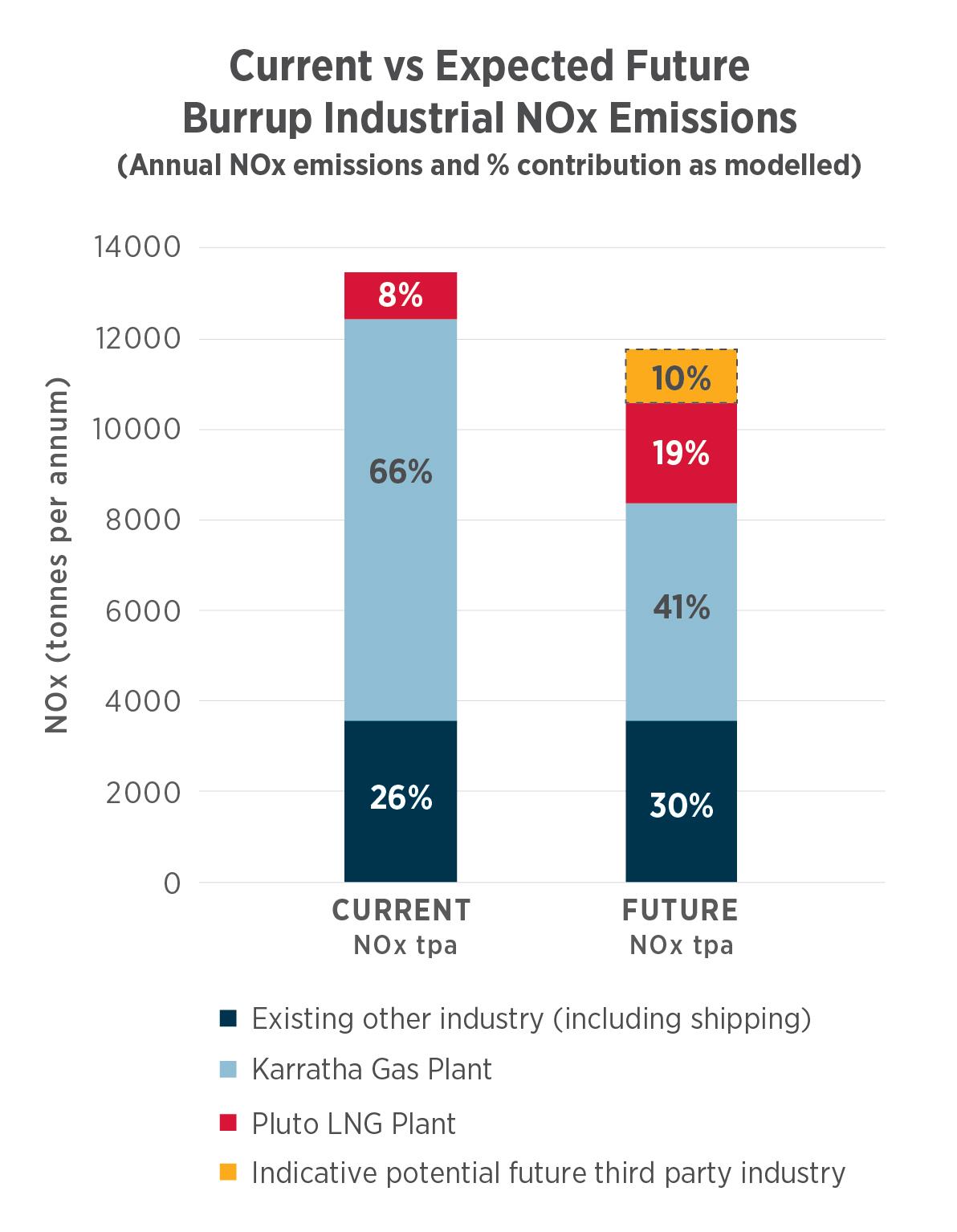
.tmb-multi-cta.jpg?sfvrsn=e2a71120_2)
